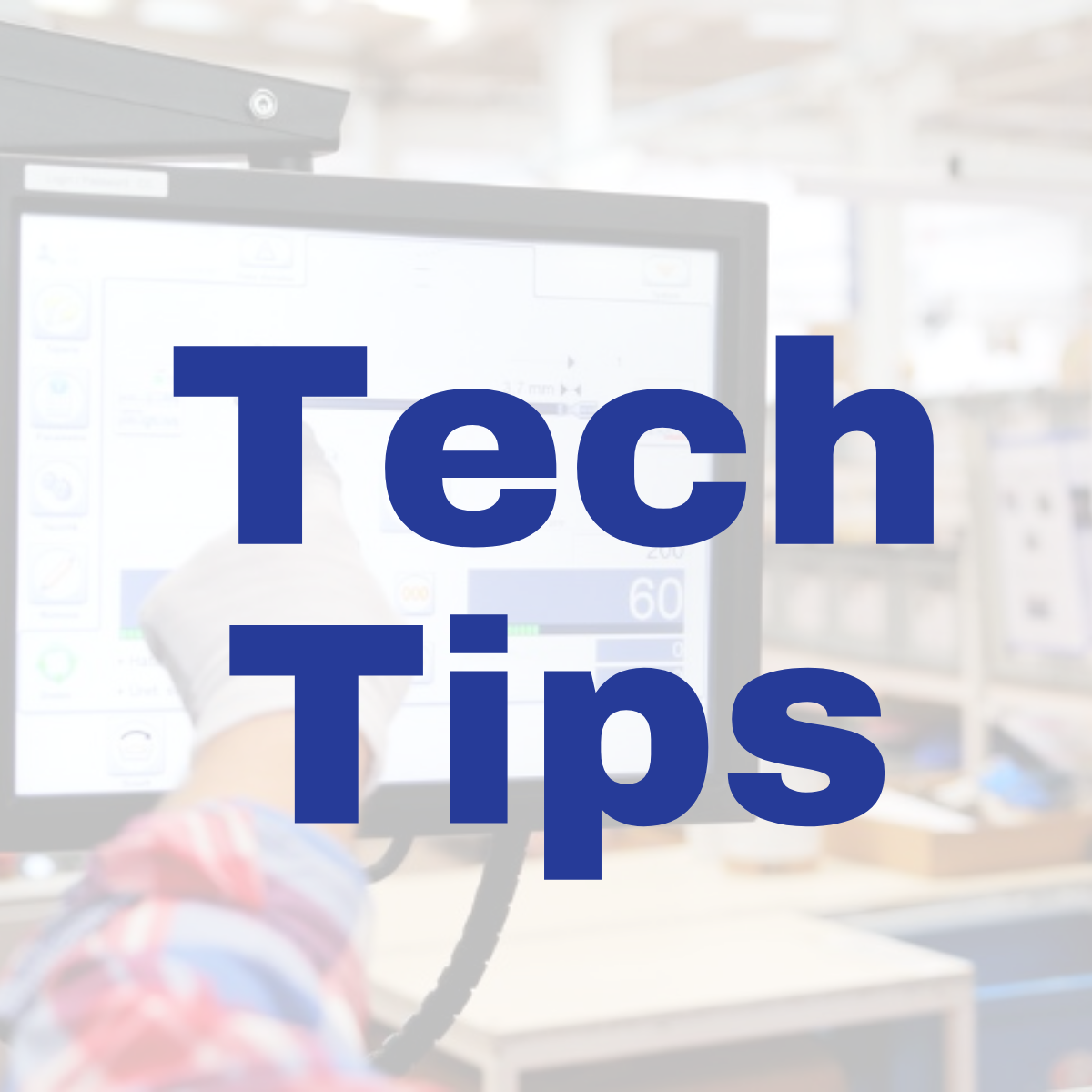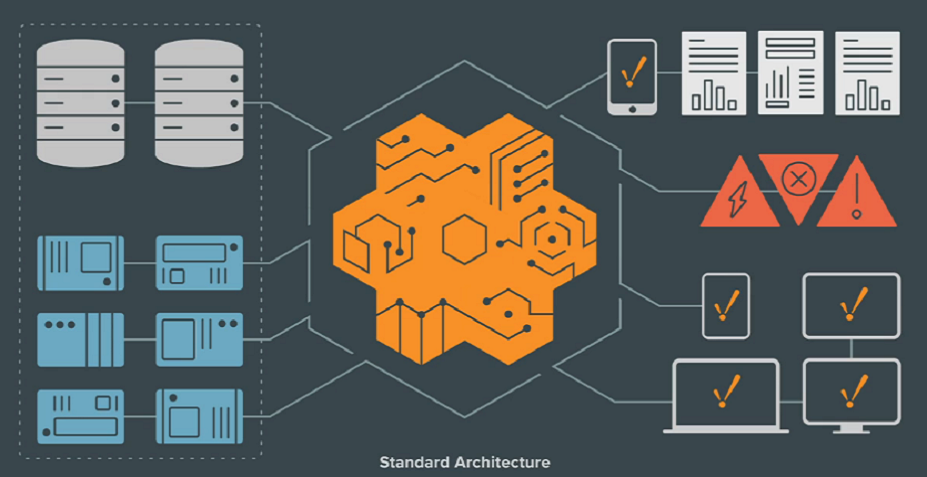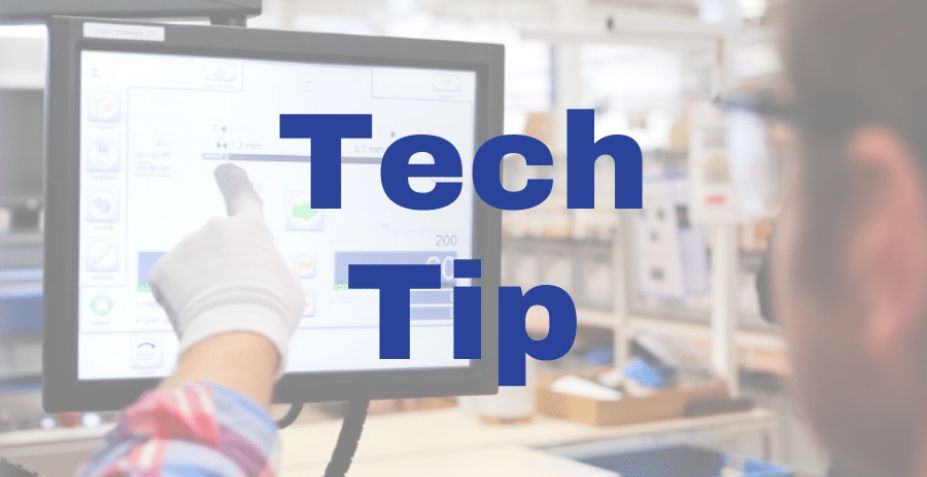 We are currently working with a greenfield food and beverage startup and are implementing a unified namespace. To put it simply, a unified namespace is a centralized repository of structured data in which any application or device can subscribe and/or publish data to. In our case this centralized repository is an MQTT broker.
We are currently working with a greenfield food and beverage startup and are implementing a unified namespace. To put it simply, a unified namespace is a centralized repository of structured data in which any application or device can subscribe and/or publish data to. In our case this centralized repository is an MQTT broker.
For plant floor device integration, we are using HighByte Intelligence Hub to model information from plant floor devices and ‘flow’ that data to the broker.
Read More
 Inductive Automation’s Ignition software is a SCADA platform which has grown in market share over the years. Most folks are familiar with Ignition’s server-based architecture and the benefits of the unlimited platform when it comes to tags, connections, and clients. The fact that Ignition is server-based adds inherent risks which many find troubling. Inductive has addressed this by creating a platform that has a plethora of options to mitigate these risks. This is the first of a two-part blog post to help demystify designing Ignition architecture to address risks to server and network infrastructure. Read More
Inductive Automation’s Ignition software is a SCADA platform which has grown in market share over the years. Most folks are familiar with Ignition’s server-based architecture and the benefits of the unlimited platform when it comes to tags, connections, and clients. The fact that Ignition is server-based adds inherent risks which many find troubling. Inductive has addressed this by creating a platform that has a plethora of options to mitigate these risks. This is the first of a two-part blog post to help demystify designing Ignition architecture to address risks to server and network infrastructure. Read More
 Gartner estimates that by 2025, cyber attackers will have weaponized a critical infrastructure cyber-physical system (CPS) to successfully harm or kill humans. In high-stakes sectors like water treatment, oil and gas delivery, and power distribution, an outage or delay in services due to cyber attacks on critical infrastructure can have a rippling effect. Looking at drinking water production or wastewater treatments as an example, an attack could result directly in citizens not having safe drinking water and sanitation, but it could also force the closure of hospitals and shutdown schools and government facilities. Read More
Gartner estimates that by 2025, cyber attackers will have weaponized a critical infrastructure cyber-physical system (CPS) to successfully harm or kill humans. In high-stakes sectors like water treatment, oil and gas delivery, and power distribution, an outage or delay in services due to cyber attacks on critical infrastructure can have a rippling effect. Looking at drinking water production or wastewater treatments as an example, an attack could result directly in citizens not having safe drinking water and sanitation, but it could also force the closure of hospitals and shutdown schools and government facilities. Read More
During Walker Reynolds’s 4.0 Solutions Podcast on June 14th, he recommneded this blog as great place to start for anyone looking for help in introducing people to UNS architecture, wanting to demonstrate what is UNS and understanding whats’s the most effective strategy for digitally transforming the organization.
 The 4th Industrial Revolution is here and reshaping the plant floor through digital transformation. Access to real-time data, cloud computing, and machine learning are the driving forces behind Industry 4.0. I subscribe to iiot.university, created by Walker Reynolds and Zach Scriven from 4.0 Solutions, and I learned quite a bit about their philosophy on digital transformation and achieving that through an architecture called the Unified Namespace (UNS).
The 4th Industrial Revolution is here and reshaping the plant floor through digital transformation. Access to real-time data, cloud computing, and machine learning are the driving forces behind Industry 4.0. I subscribe to iiot.university, created by Walker Reynolds and Zach Scriven from 4.0 Solutions, and I learned quite a bit about their philosophy on digital transformation and achieving that through an architecture called the Unified Namespace (UNS).
Read More
 We are currently working with a greenfield food and beverage startup and are implementing a unified namespace. To put it simply, a unified namespace is a centralized repository of structured data in which any application or device can subscribe and/or publish data to. In our case this centralized repository is an MQTT broker.
We are currently working with a greenfield food and beverage startup and are implementing a unified namespace. To put it simply, a unified namespace is a centralized repository of structured data in which any application or device can subscribe and/or publish data to. In our case this centralized repository is an MQTT broker.


 Inductive Automation
Inductive Automation Gartner estimates
Gartner estimates The 4th Industrial Revolution is here and reshaping the plant floor through digital transformation. Access to real-time data, cloud computing, and machine learning are the driving forces behind Industry 4.0. I subscribe to
The 4th Industrial Revolution is here and reshaping the plant floor through digital transformation. Access to real-time data, cloud computing, and machine learning are the driving forces behind Industry 4.0. I subscribe to